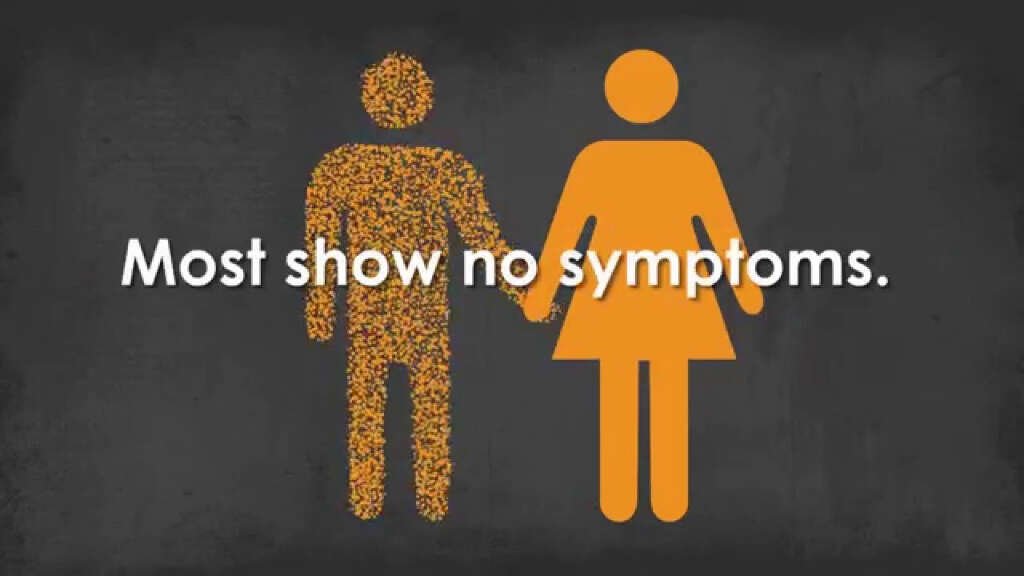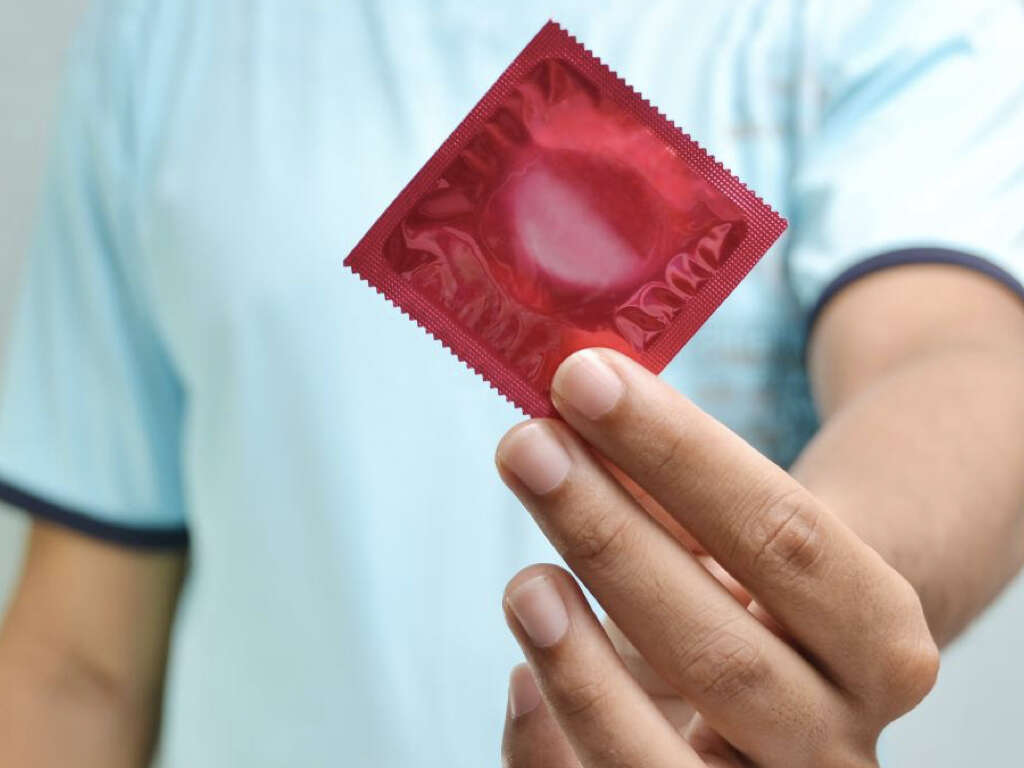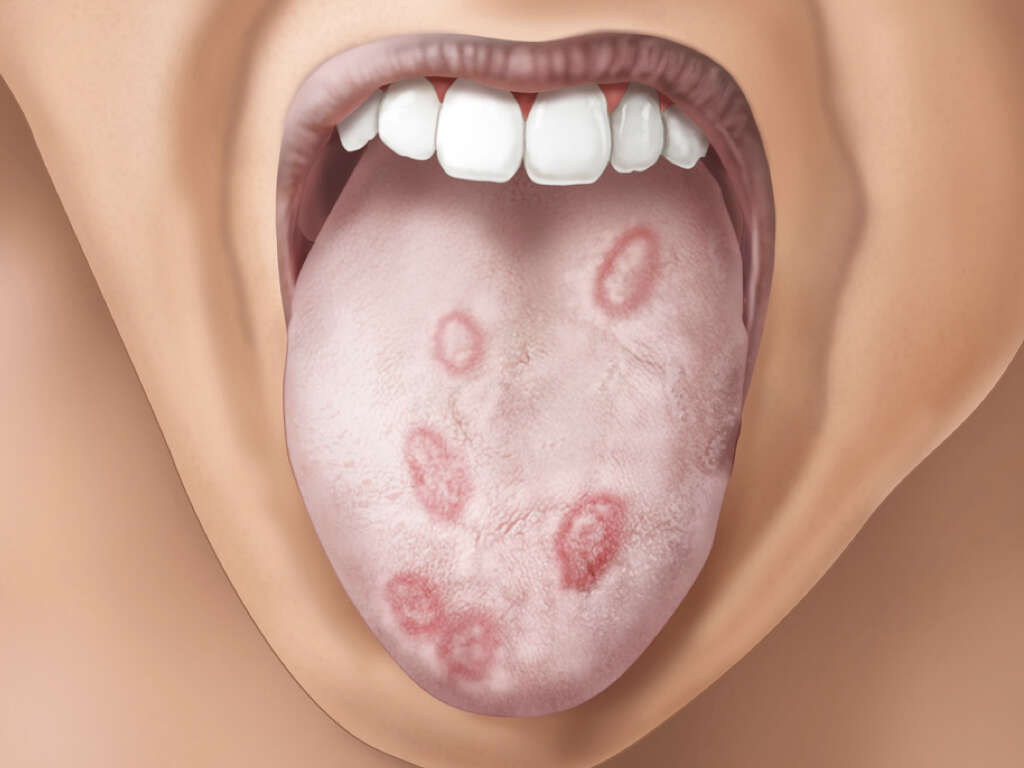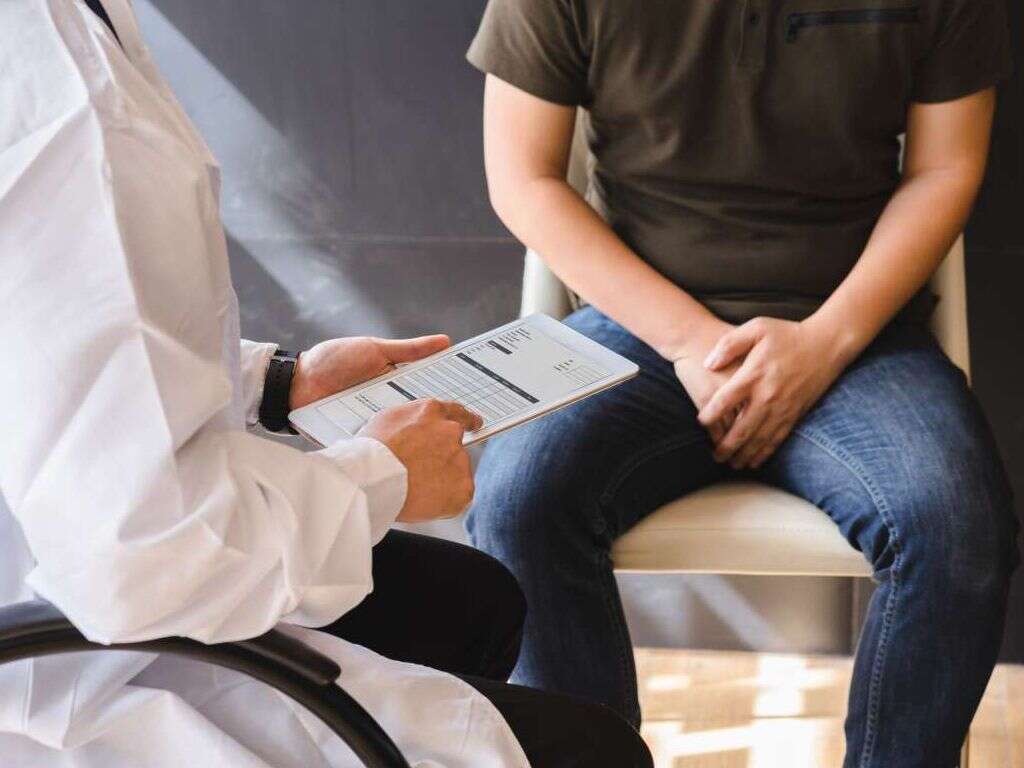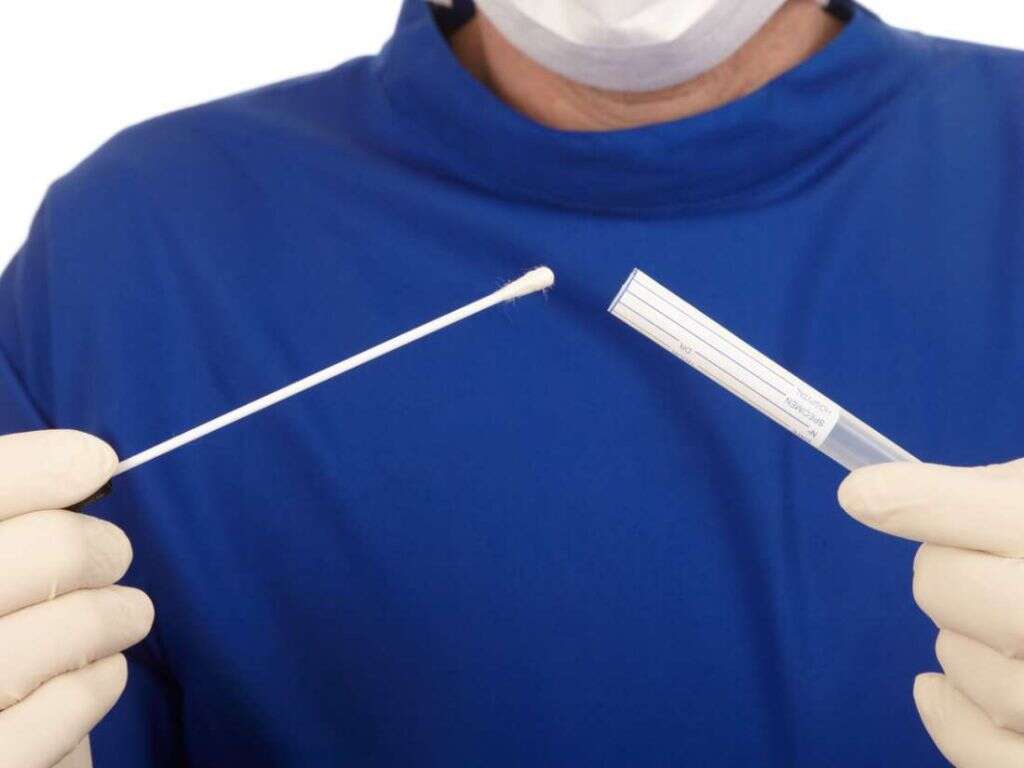10 Gonorrhea Symptoms
Gonorrhea is one of the more common STDs. Many people have experienced it at some point in their life, but this is no reason to discredit the problem. Gonorrhea is treatable. However, for the duration that you’re suffering from the infection, you may not have much of a sex life.
Gonorrhea is spread quite easily through sexual contact. There are more than 3 million cases that occur each year in America alone. If you are concerned that you or your partner may be developing gonorrhea, keep reading to learn about the most common symptoms of this sexually transmitted infection.
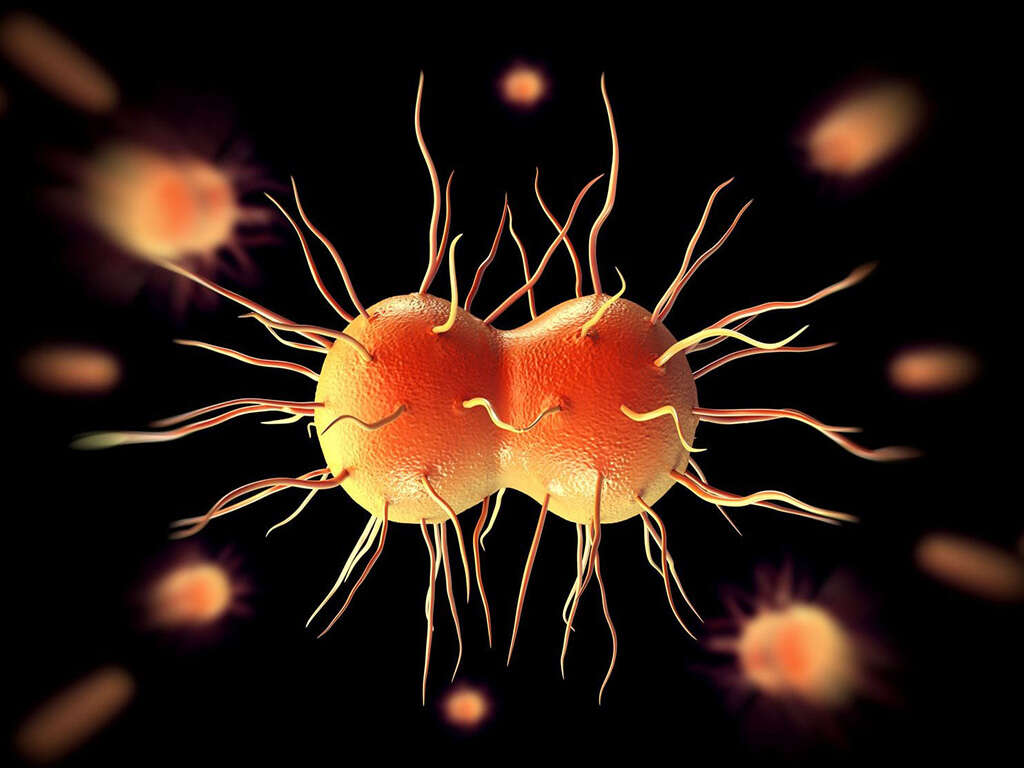
Symptom #1: Thick Discharge
Thick discharge can occur in both males and females. People suffering from gonorrhea are likely to expel a thick, creamy discharge from their genitals. If the infection has become quite serious, this discharge may have blood in it.
Having cloudy or bloody discharge is one of the telltale signs of an STD. However, it isn’t enough evidence to prove that you have gonorrhea. While you should still go to the doctor if your discharge is thick or bloody, read on if you want to be sure whether or not you have gonorrhea.
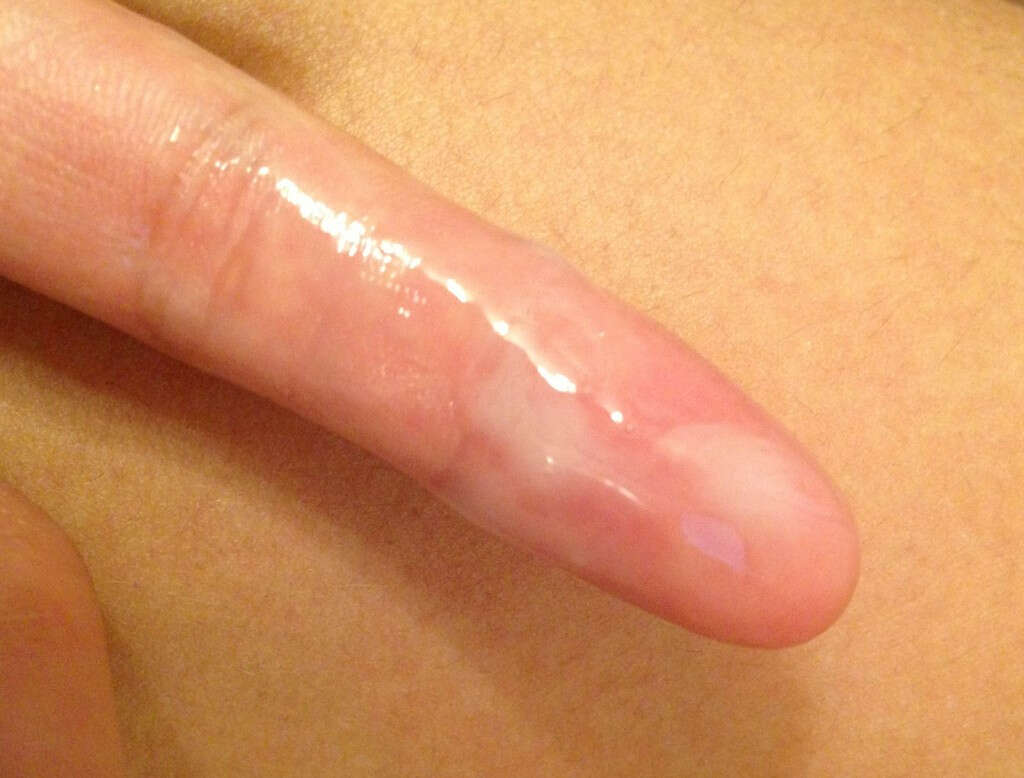
Symptom #2: Pain While Urinating
Another telltale symptom of a wide range of STDs is pain while urinating. This is particularly true for people suffering from gonorrhea, who almost certainly will experience some pain or discomfort while urinating.
While painful urination isn’t enough to diagnose gonorrhea, it can certainly be indicative of the condition if it occurs alongside cloudy discharge or any of the other symptoms on this list. People suffering from this STD are also more likely to feel a frequent urge to urinate.

Symptom #3: Intermenstrual Bleeding
Patients suffering from gonorrhea may experience abnormal bleeding that is not associated with their usual menstrual cycle. The bleeding can be quite profuse and cause the patient to seek medical attention.
Many conditions are associated with this symptom, therefore, you should seek medical assistance for proper diagnosis.

Symptom #4: Testicle Pain
Another common symptom that affects men with gonorrhea is pain that originates in the testicles and flows out to the surrounding area. This specific type of pain, which is also known as epididymitis, can be different for each patient and vary a lot in its intensity.
Some people describe it as a stabbing sensation, while others feel that it’s closer to a burn or an ache. It is usually unilateral, meaning that only one testicle is affected at a time. If you are experiencing testicular pain, you should seek medical attention to rule out other conditions that can compromise the wellbeing of your testicle.
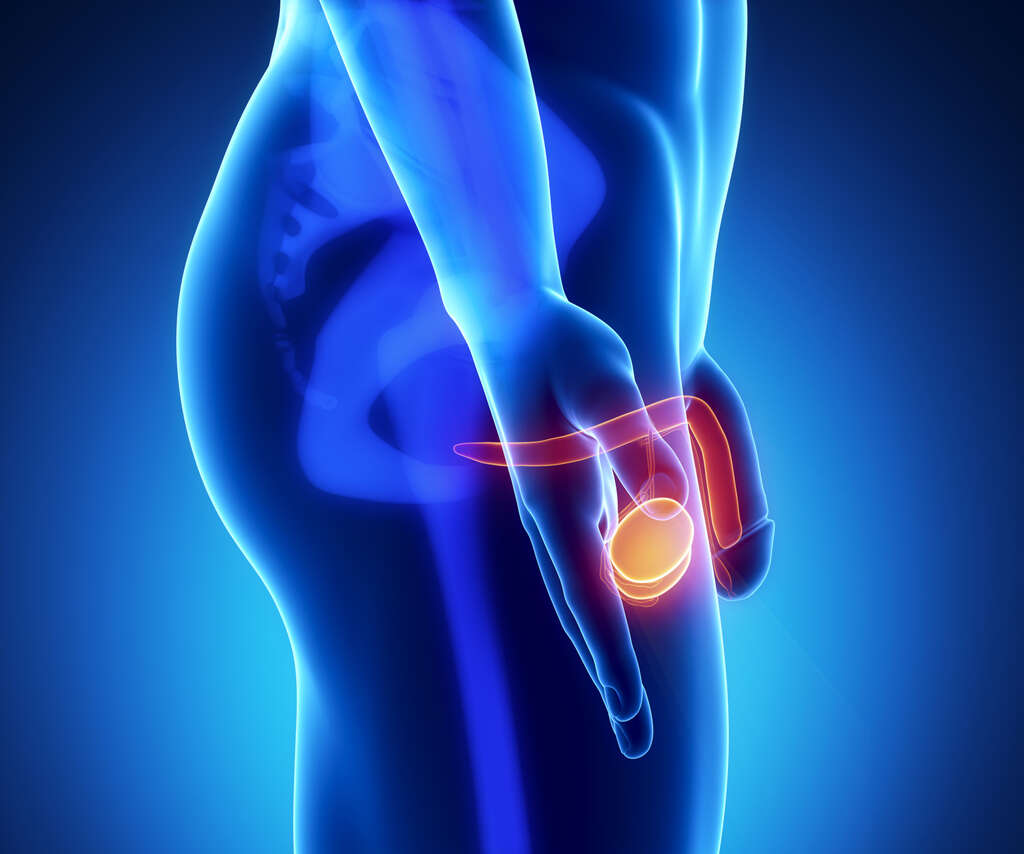
Symptom #5: Itching of the Anus
Another thing that’s quite common among people suffering from gonorrhea is the uncomfortable sensation of anal itching. This is because the bacteria that causes the STD itself is capable of spreading to other areas, such as the rectum.
When this happens, one of the most common symptoms that emerge is an uncomfortable, persistent itch. It’s important not to confuse this anal itch with other pathologies that may cause this symptom to appear, therefore, you should seek medical attention for proper diagnosis.

Symptom #6: Eye Redness
This symptom is associated with neonates following the vaginal delivery from an infected and untreated mother. Bilateral conjunctivitis appears with symptoms like redness of both eyes, eye pain, and purulent discharge.
It is important to test pregnant women for gonorrhea to prevent the transmission to the newborn at delivery.

Symptom #7: Pain During Intercourse
One of the first things that clues people in to the fact that they might have an STD is pain experienced during intercourse. Gonorrhea is certainly no exception to this rule, as one of the most common symptoms of gonorrhea is pain during intercourse.
Gonorrhea can create swelling as a result of bacterial infection. These swollen areas can become sensitive and painful, particularly when there is a lot of friction involved.

Symptom #8: Abdominal Pain
Patients suffering from gonorrhea may experience lower abdominal pain. This is usually a sign that the infection has spread and possibly turned into pelvic inflammatory disease (PID).
The abdominal pain is usually mild at first, but it is important to seek medical attention to prevent further complications.

Symptom #9: Fever
A fever is a sign that your immune system is working hard to get rid of a pathogen. For those suffering from gonorrhea, they may experience a persistent fever that is usually mild.
Many symptoms of gonorrhea are similar to those of a common cold, and people who experience a fever may confuse it with the flu. However, make sure that you pay attention to any of the other possible symptoms of gonorrhea and get in touch with your doctor if you’re experiencing any of them.

Symptom #10: Nausea
This is a non-specific symptom associated with many conditions. It usually appears as one of the early symptoms of a gonorrhea infection together with purulent discharge and fever.
Vomiting is not a common finding for patients with this condition but it can happen, so it is important to seek medical attention to prevent further complications.
